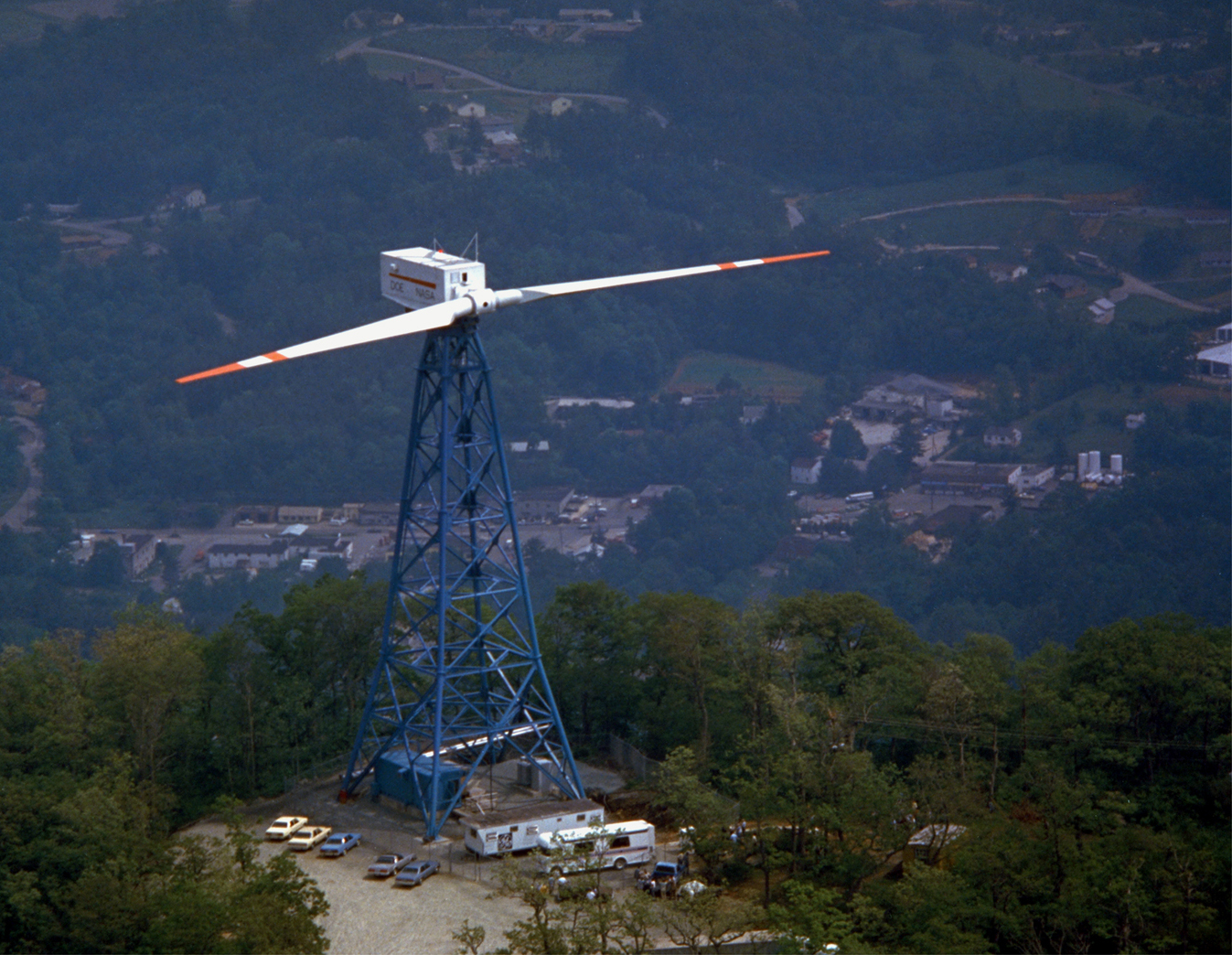I was at Clean Energy Week last week, and I had a chance to experience a neat new tool developed by Arup, in conjunction with Hydro Tasmania, that seems to circumvent the need to communicate the complex (logarithms, what even are they) science of acoustic engineering.
On Thursday morning, I sat amongst six Genelec 8030A speakers, and one (beautiful) Genelec 7060B subwoofer, in front of a screen that displayed recorded video of a wind turbine (Genelec manufacture professional studio-grade speaker systems). The engineers had arrived much earlier the day before, and calibrated the device to account for the room. The speakers also cover most of the low-frequency range of wind farm sound as well – down to 40 hertz.
The simulation began at two kilometres away, in high-wind conditions. The wind turbine was quite literally inaudible to me – listening closely for the characteristic whoosh of the blades, I really couldn't detect anything. The interesting part is the background noise – when you’re listening extremely closely for wind turbine noise, there are times when the background noise can actually seem to mimic that whoosh, and you start questioning your own perception. But when the engineer flicked the background noise off, there was complete, utter silence.
 |
| The acousticians used a 'Head-Related Transfer Function' to adapt the experience for use with headphones instead of speakers - not as accurate, but still pretty close. |
So, did I get any sleep camping under turbines at Waterloo Windfarm? Yes, until tent blew down! It's windy here. @KevCorduroy #saparli
— Mark Parnell MLC (@MarkParnellMLC) May 28, 2013
Because the experience is a mixture of real and simulated sound, the engineers can present a variety of wind conditions and locations – we were inside a bedroom with the window open, with the window closed, and at varying wind speeds. From my time on site at wind farms, I can testify that the representation is astonishingly accurate. The engineer behind the device informs me they hope to have the science behind the tool reviewed by another acoustics firm, some time soon.
It’s an established truth that experiences are more memorable than numbers. When was the last time you decided that a light was bright by measuring its luminosity? You didn’t – you looked at it through your own trusted (and well-tested) machinery of perception. I suspect it’s very much the same with the experience of sound. If we’re told of a decibel output, it’s not really that memorable. But if we can experience an accurate representation of wind farm noise ourselves, it sticks with us.
Visiting a wind farm is great, and you get to experience it first hand, but you’re limited to one wind speed, and one wind direction. This ‘Auralisation’ tool seems to be able to accurately represent a variety of conditions, and I think the engineers at Arup deserve some credit for the rigour they've put into the science behind it.







